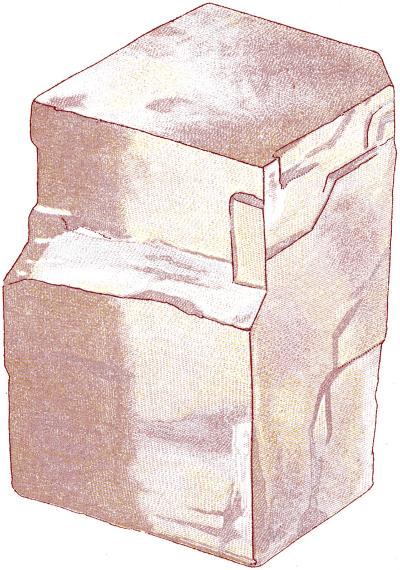 The Rose Stone Craze
The Rose Stone Craze
The rose stone craze began in 488 K.S., when Kossimo Tukari — a modest stonecutter and merchant — discovered rose stone, sometimes called Tukari stone. He made a bold move by hiring renowned planners and builders to design a villa and build it, all in the colorful stone. Though initial reviews were mixed (with critics calling the rose stone and bronze domes “garish”) there was no denying the impact of the Rose Villa, especially upon visiting dignitaries.
Before long, the export of Tukari Stone was booming, with foreign nobles even hiring Tukari’s chief builder to create copycat villas. As the trend gained steam, Tukari raised prices. Now some of the local nobility wanted rose villas, too. Tukari’s first vein of rose stone was nearly mined out, but he discovered another. He kept it a secret, while giving tours of the first mine, lamenting how little there was left. He deliberately limited availability, bit by bit. Prices kept rising.
At their peak, 6 years later, a single cartload of Tukari Stone was selling for nearly as much as it had cost Tukari to build his Rose Villa. The boom was short-lived: within a couple more years, the stone had fallen largely out of favor. Prices crashed, and tastes moved on.
There are still many villas, temples, and public works around the city made of the rose stone, though: a lasting monument to a period of time that propeled Moru Kel to prominence.
↞ Previous: The Orcharders Next: The Runners ↠